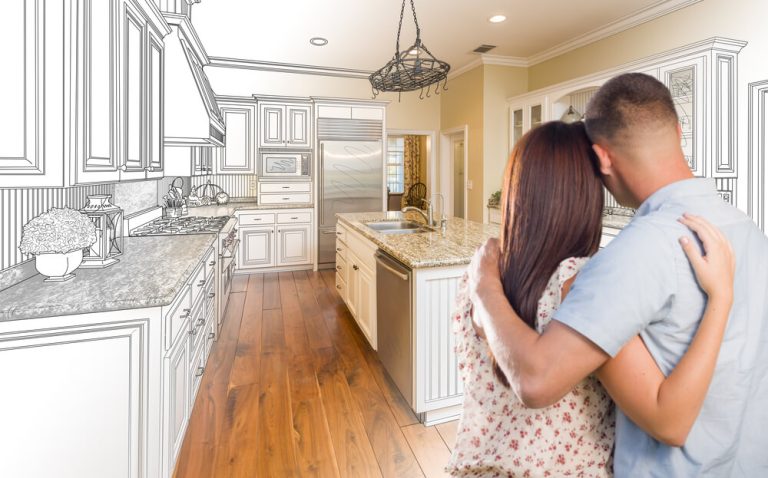Renovating your home doesn’t have to drain your savings. With a few smart design choices and cost-effective strategies, you can give your home a fresh, updated look while also increasing its value. The trick is knowing where to invest and where to save — so you get maximum impact without unnecessary expense.
One of the easiest ways to elevate a space is by updating the surfaces people notice first, like flooring. Opting for durable, timeless materials such as limestone tiles can give your home an elegant feel while also being a practical investment that lasts for decades. Pair this with a few other well-chosen upgrades, and you’ll have a space that feels new without the hefty price tag.
Focus on High-Impact Rooms First
When you’re working with a limited budget, it’s best to prioritise the rooms that will give you the biggest return on investment. Kitchens and bathrooms often top the list because they’re used daily and are major selling points for potential buyers.
Updating cabinet handles, replacing worn-out benchtops, or installing a new splashback can dramatically refresh these spaces without the cost of a full renovation. Even small updates — like modern tapware or fresh paint — can make a noticeable difference.
Refresh Instead of Replace
Not every update needs to start from scratch. Often, what you already have can be given a new life. For example, instead of replacing kitchen cabinets, consider painting them in a modern, neutral colour. If your wooden floors are scratched, sanding and refinishing them is far more cost-effective than installing new ones.
Similarly, re-grouting bathroom tiles or adding a fresh coat of paint to walls can instantly lift a room without a big spend.
Mix High and Low-Cost Materials
You don’t have to splurge on every single item in your renovation. Instead, invest in a few standout pieces — such as a statement light fixture or a high-quality benchtop — and balance them with more affordable options elsewhere.
This approach allows you to create a stylish, cohesive space while still sticking to your budget. It’s the same principle many interior designers use to make budget-friendly spaces look high-end.
Add Value with Energy Efficiency
Modern buyers value homes that are cheaper to run. Simple upgrades like LED lighting, ceiling fans, and improved insulation can make your property more appealing. If your budget allows, double-glazed windows or energy-efficient appliances can be a selling point that also saves you money in the long run.
Even adding block-out curtains or strategically placed shade can help regulate indoor temperatures, reducing reliance on heating and cooling systems.
Keep Your Layout Practical
Structural changes, like moving walls or reconfiguring plumbing, can be expensive. Before making such changes, consider whether small tweaks can achieve the same effect.
For example, removing a non-load-bearing wall to create an open-plan layout can add a sense of space without a complete floor plan overhaul. Similarly, replacing a solid door with a glass one can improve light flow without significant cost.
Don’t Forget the Outside
Curb appeal matters just as much as what’s inside. A tidy, inviting exterior can set the tone before anyone even steps inside. Trim overgrown plants, add fresh mulch to garden beds, and consider painting your front door in a welcoming colour.
Simple additions like outdoor lighting, updated house numbers, or a clean, well-kept driveway can also add value without major expense.
You don’t need a massive budget to make a big impact. By focusing on the updates that matter most, refreshing rather than replacing, and making thoughtful design choices, you can create a home that feels modern, inviting, and valuable — without overspending.


